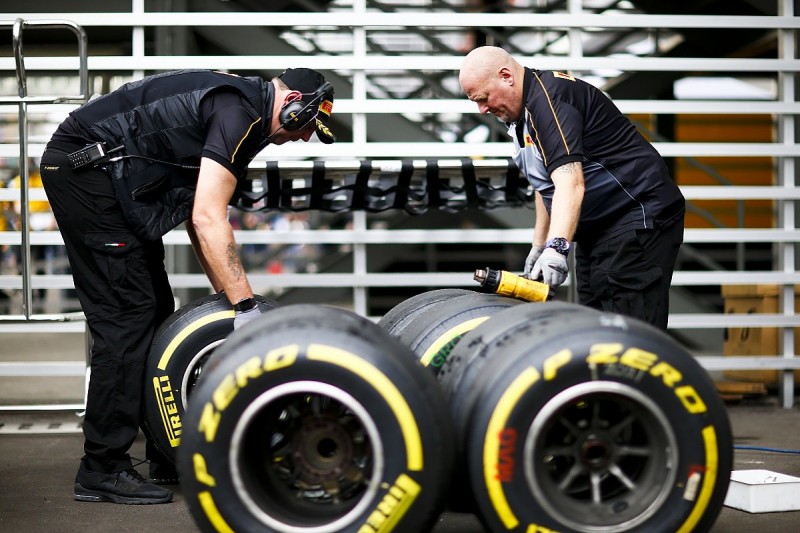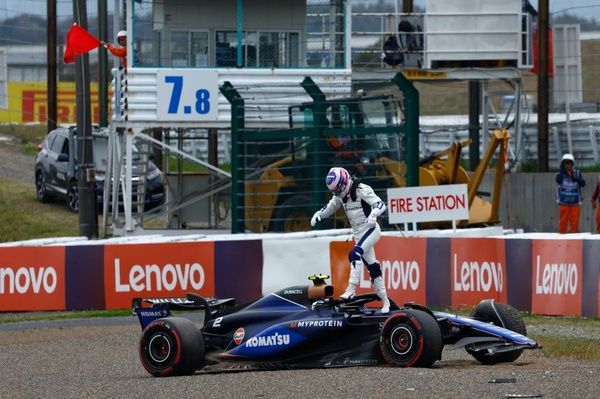Pirelli can only raise pressures to cope with Zandvoort F1 banking
Pirelli says it will have no choice but to increase its tyre pressures for Formula 1's Dutch Grand Prix in 2020 to cope with Zandvoort's 18-degree banked final corner

As part of a revamp required to bring the venue up to the standards of other contemporary F1 circuits, Zandvoort's final turn is being reconstructed and will feature a 32% incline - with more than four metres of height difference between the top of the track and the bottom.
The steepness of the banking will be twice that of turns at the Indianapolis Motor Speedway, which caused problems for Michelin-shod cars in 2005 and ultimately forced all 14 of those runners to withdraw from that year's US Grand Prix.
- Indianapolis 2005 remembered
- The driver who gained most from F1's famous farce
Pirelli's head of car racing Mario Isola said his company knows the challenges the banked corner will present, but added there was a limit to what it could do to mitigate the risk of problems because a different tyre specification cannot be designed specifically for the Dutch GP.
"The only thing we can do is to react with the pressure, and we will have to increase the starting pressure," said Isola.
"If you look at the regulation we are obliged to stay on the same construction and same specification for the whole year, so we cannot design a tyre for the banking and we cannot design a specific construction, for Zandvoort.
"So the only possibility is to try to manage the prescriptions in terms of camber and pressure."

- Pirelli's 2020 tyre latest
- How F1 wasted months on a product it may not use
Pirelli has obtained data from Zandvoort about the planned changes to the circuit, and has already run simulations to predict what extra stresses the banking will bring.
"We have also made a simulation of the track being completely flat and with the camber, so you can see the difference in terms of additional load on the tyre," Isola added.
"That was what we had in mind to calculate.
"But now to make a proper investigation, we need to receive the simulation from the teams and then we are in a position to define the pressure."
Be part of the Autosport community
Join the conversationShare Or Save This Story
Subscribe and access Autosport.com with your ad-blocker.
From Formula 1 to MotoGP we report straight from the paddock because we love our sport, just like you. In order to keep delivering our expert journalism, our website uses advertising. Still, we want to give you the opportunity to enjoy an ad-free and tracker-free website and to continue using your adblocker.



















Top Comments